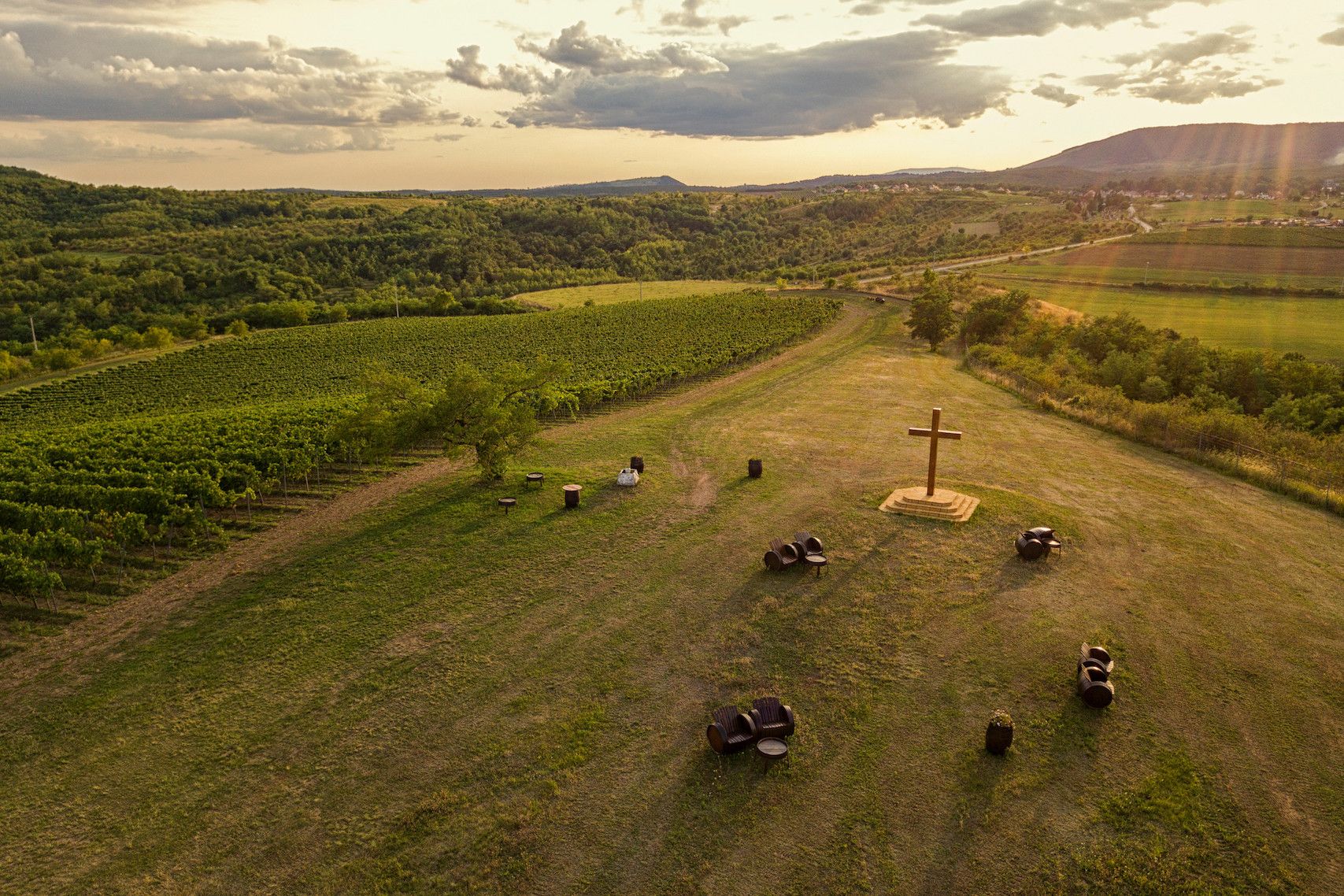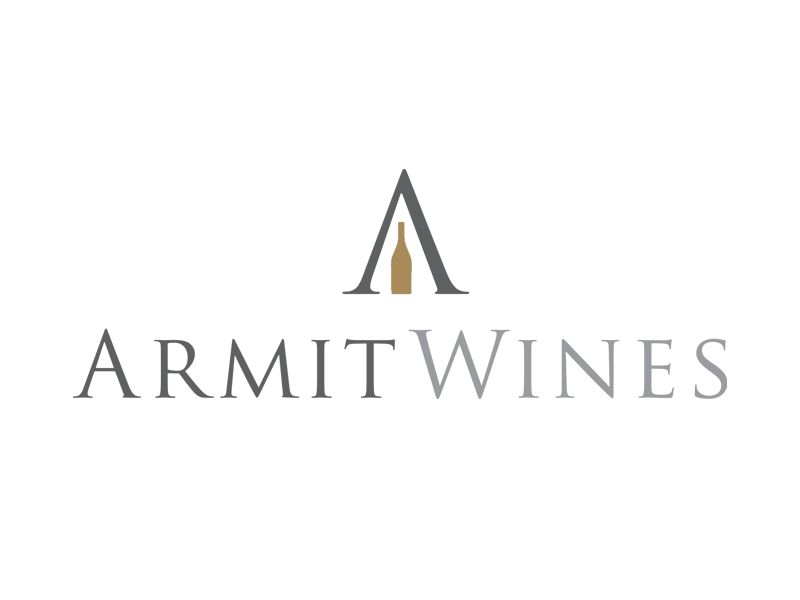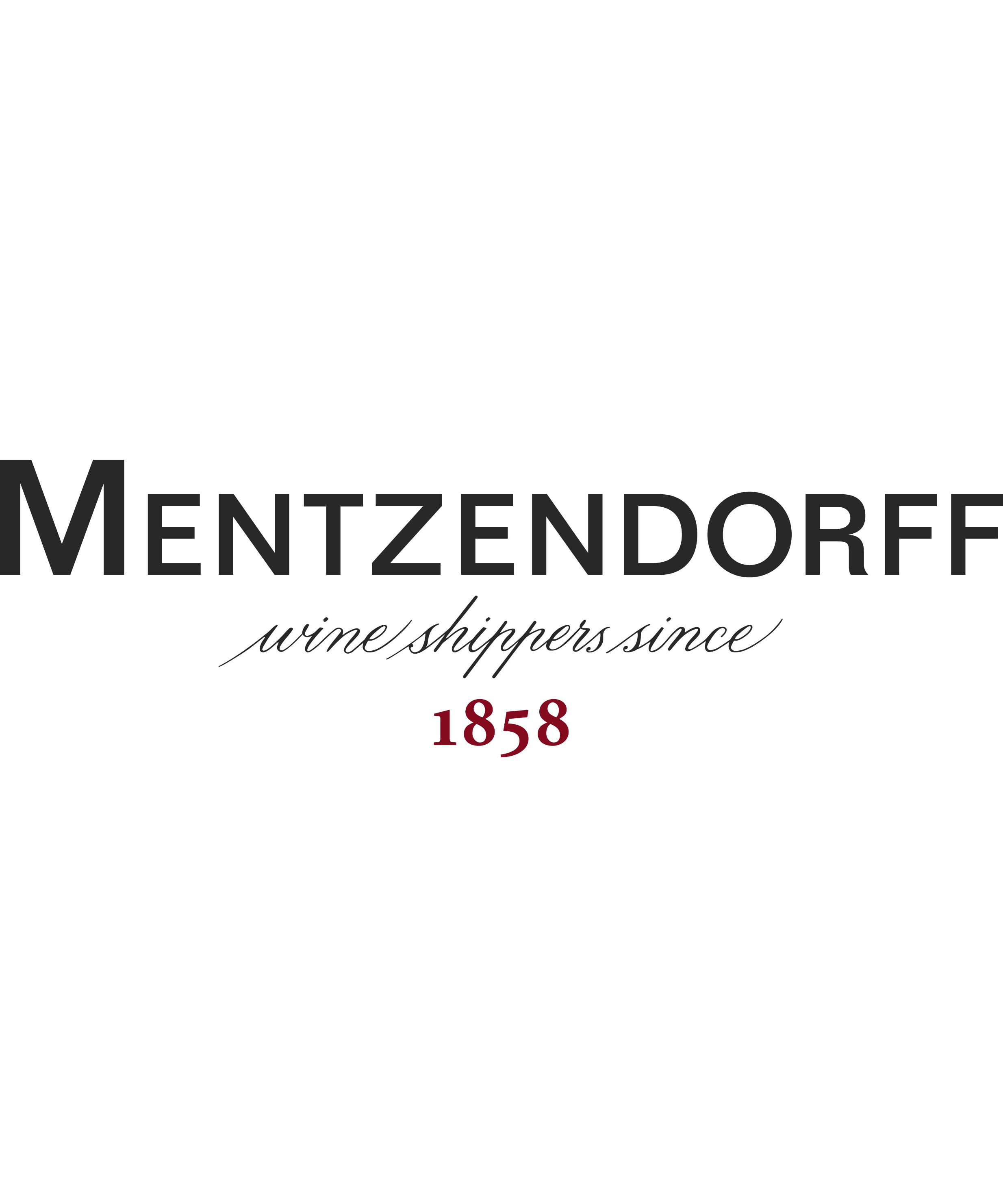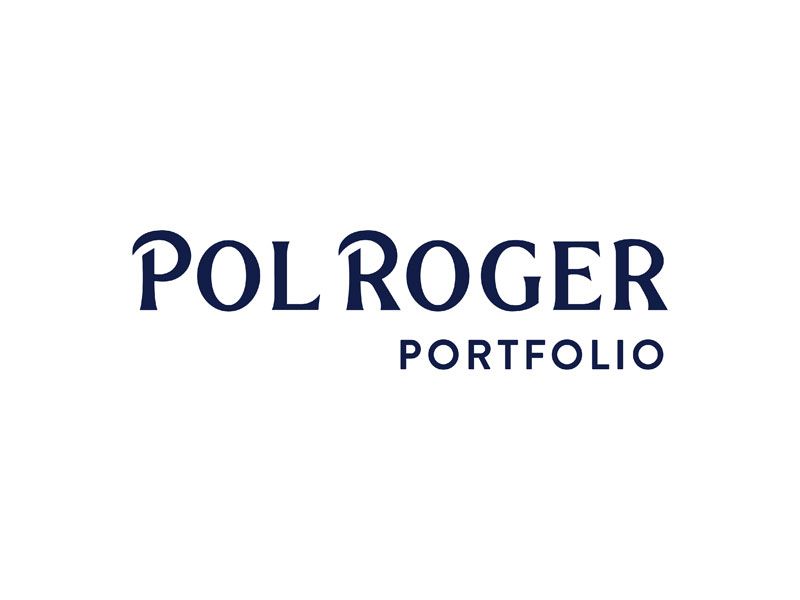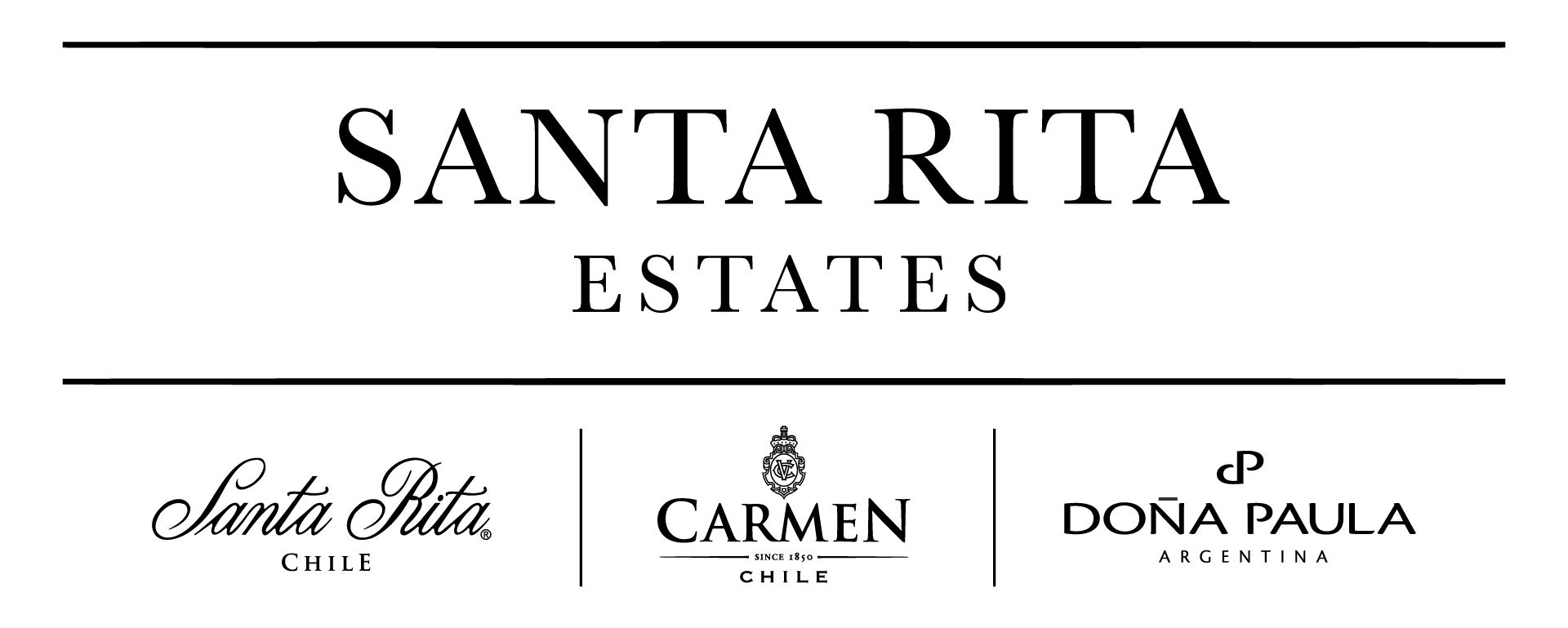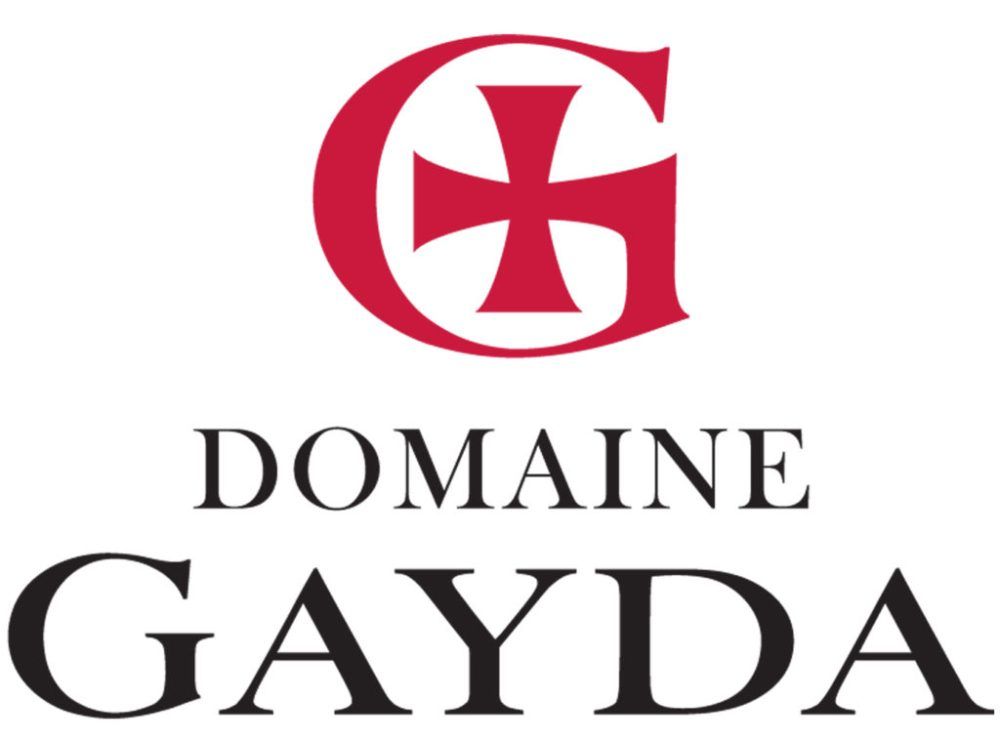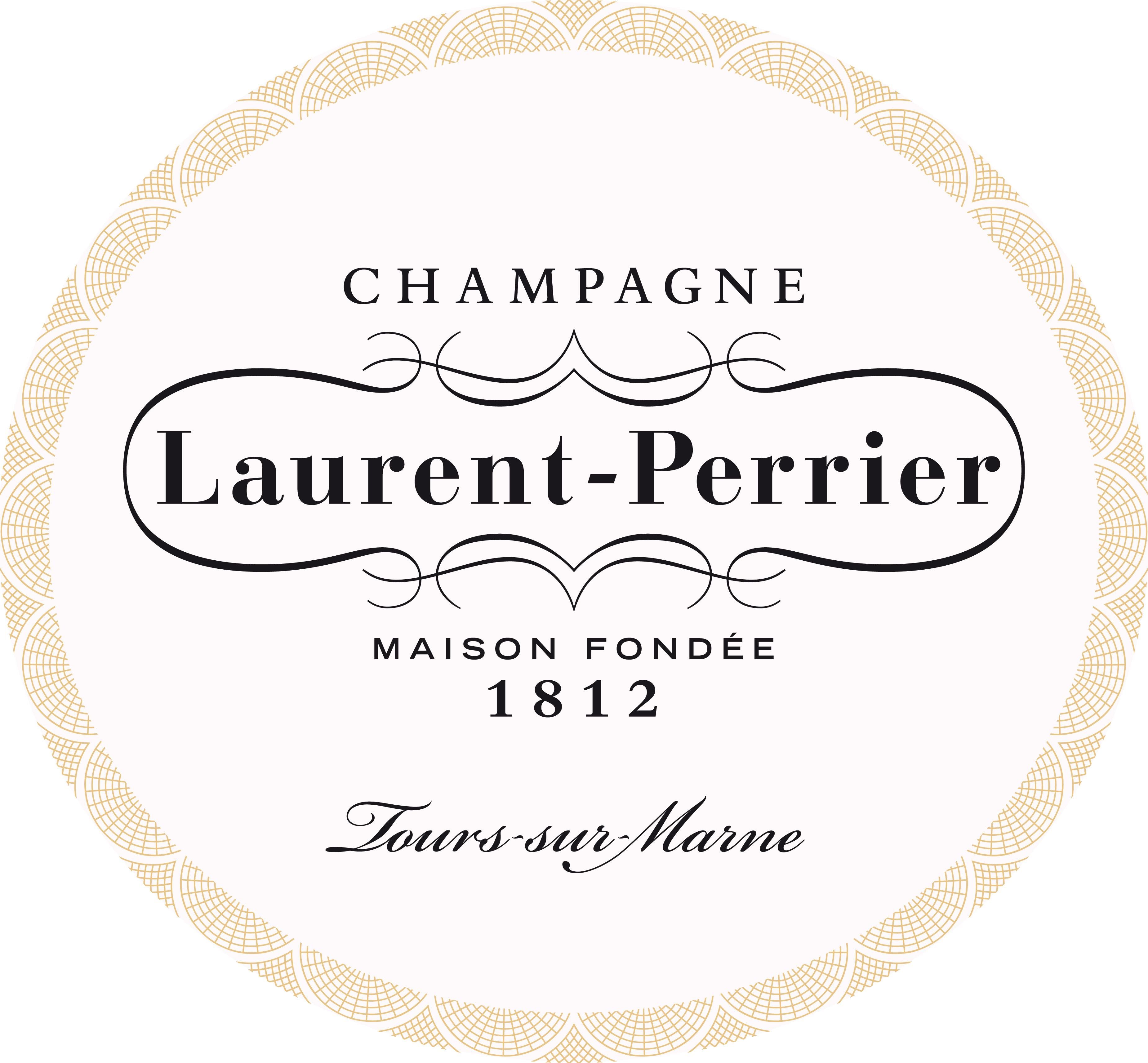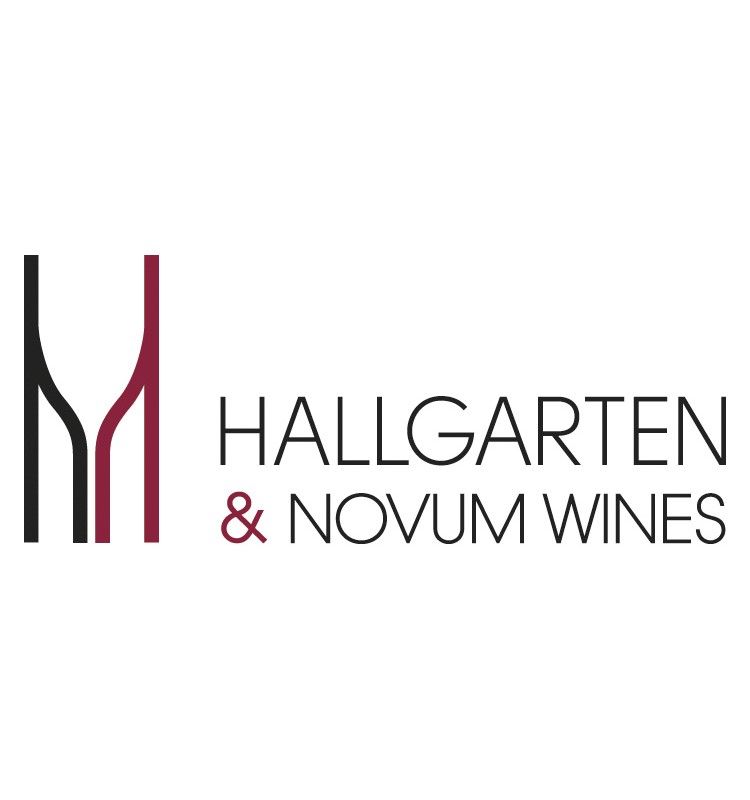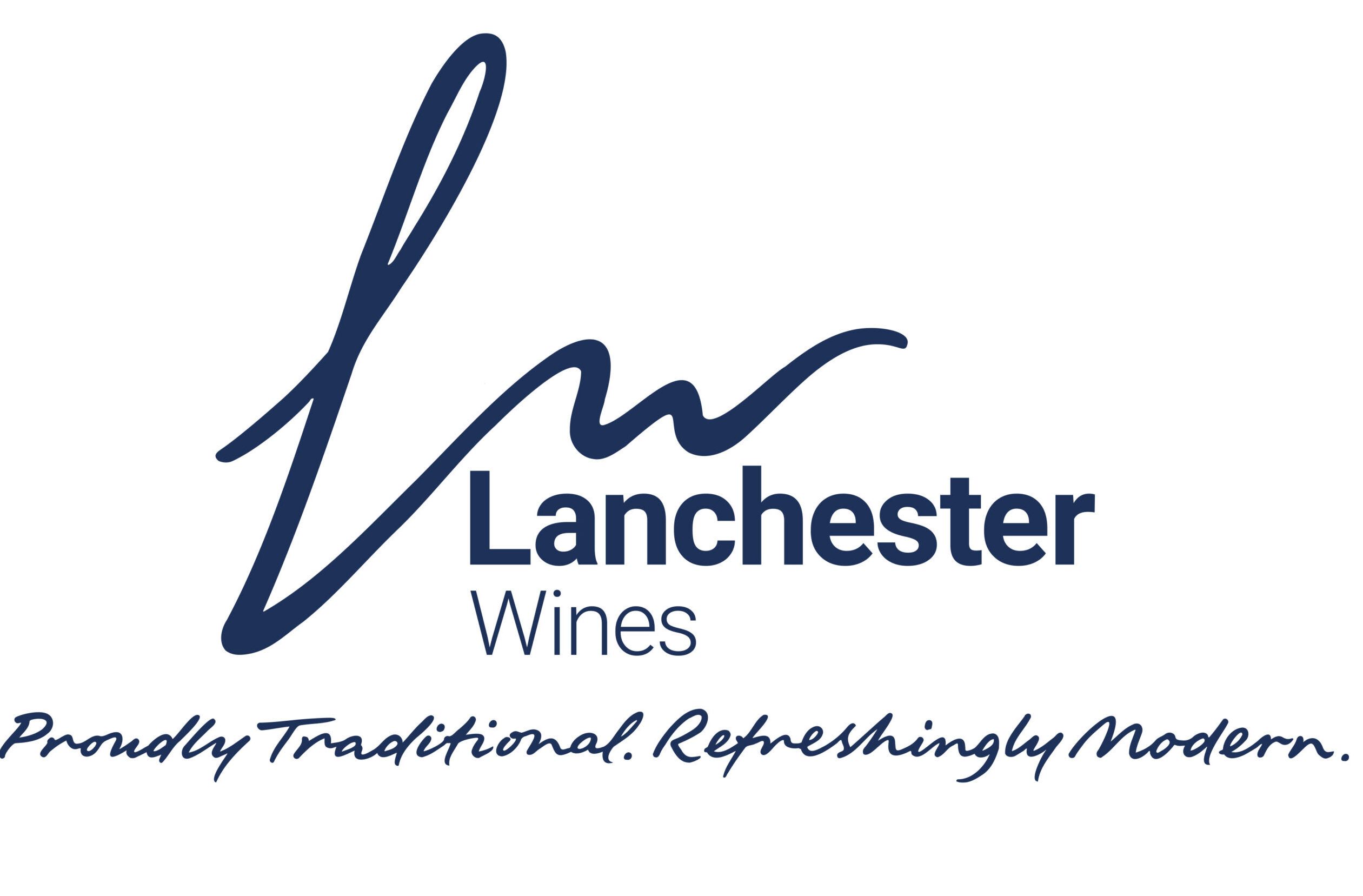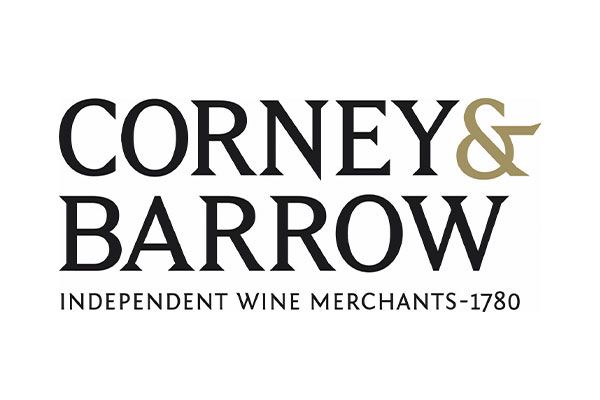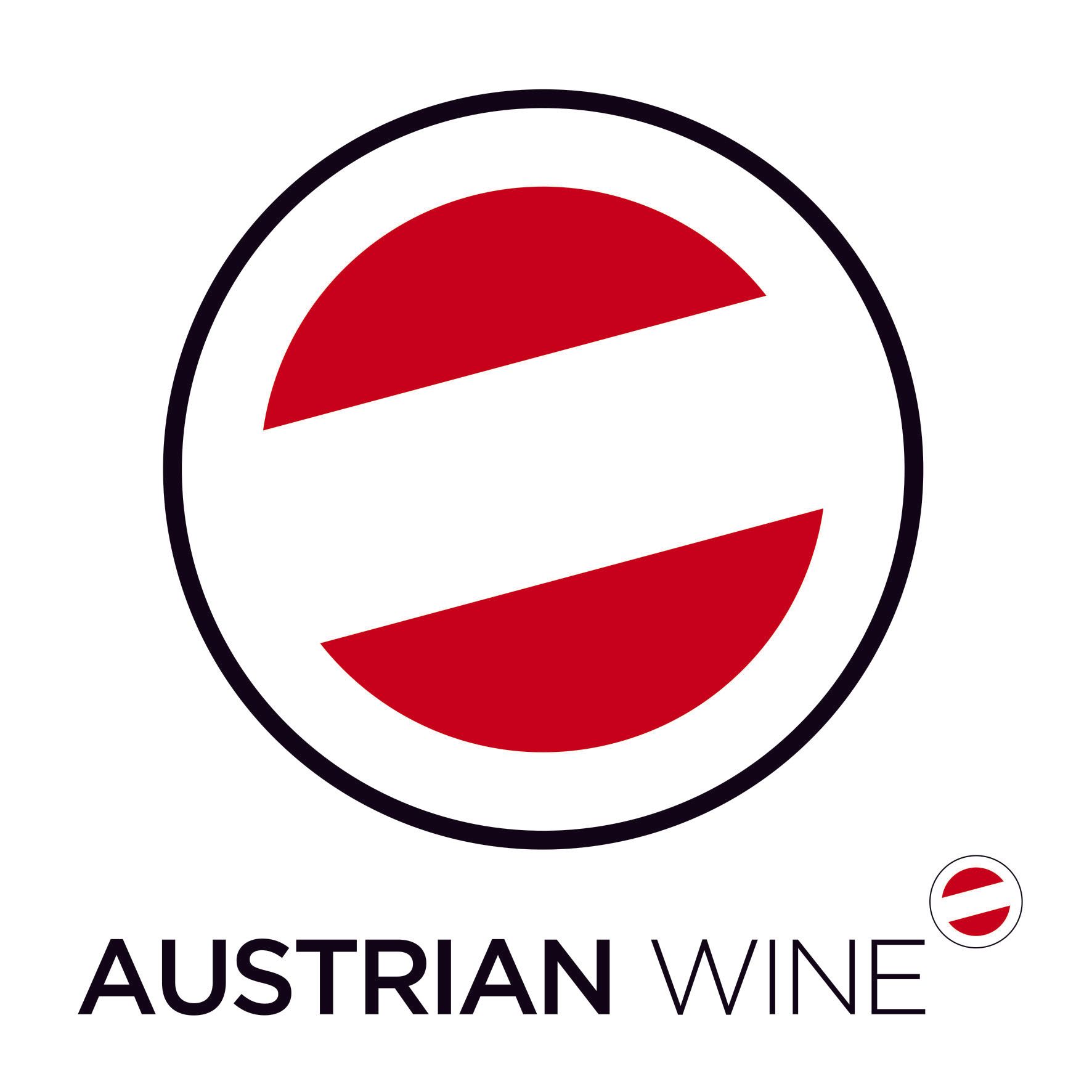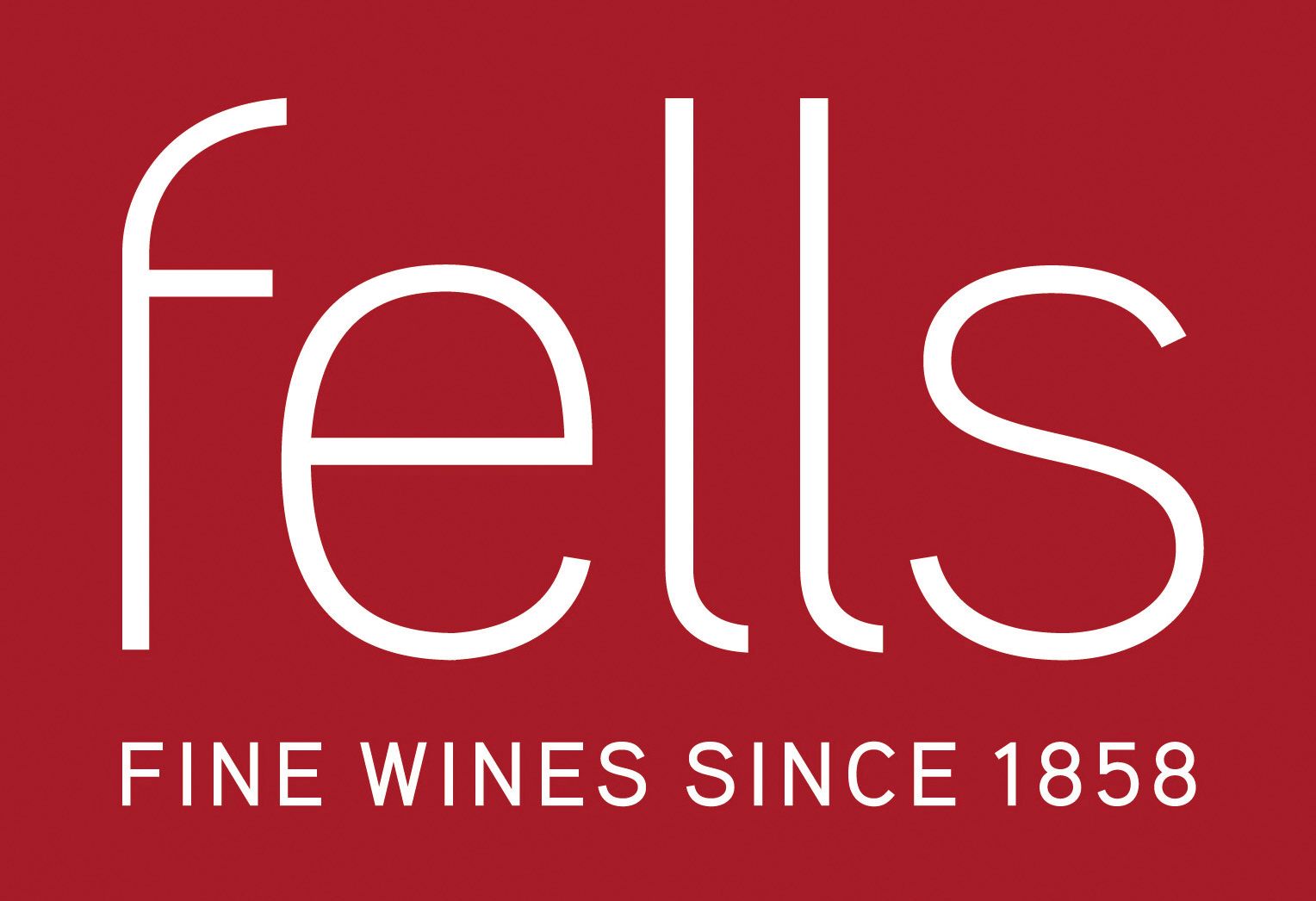Small producers in Hungary know that they have to focus on fresh, quality wines if they are to make a mark on the world wine market – bringing out the best in native varietals. The same is true of Italian-influenced Rhodes and other Mediterranean islands.
Question: How do you make a small fortune out of selling wine? Answer: Start with a large one.
OK, we all know the old adage and some of us will have had our faces rubbed in it.
But as a new year beckons, it carries more resonance than usual. Times are tough – and likely to become more so. The industry is being squeezed on all fronts: by the collapse in sterling that followed the dismal outcome of the June 2016 EU referendum, which has made almost all wine (alongside other imports) more expensive.
The pound has crashed against the Euro by almost 20%, inflation sits at over 3% and the related fall in real incomes have reinforced the squeeze.
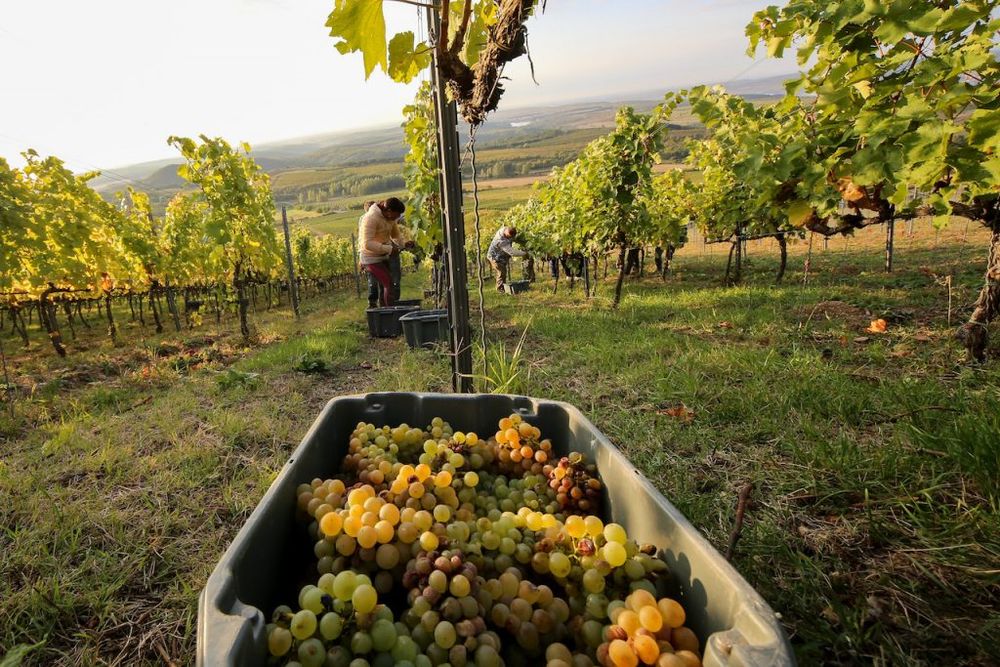
Harvest time in the Eger region of Hungary. Unrecognisable from the 1990s.
On top of all this is the fact that, thanks to the Lucifer Heat Wave, unseasonable hail storms and the rest, 2017 will yield the worst harvest since, well, depending on who you talk to, 1945, with Italy and France particularly badly hit.
Prices will rise on the back of this huge drop in quantity, making life tougher still. To make the picture even muddier, in keeping with the uncertainty of the age, mainstream wine tastes are in flux with lucrative favourites like Pinot Grigio and Kiwi Sauvignon Blanc being jettisoned for… well, for anything really, with novelty increasingly driving the market.
Which might be why specialist small suppliers are bucking the gloomy trend. OK, it would be a stretch to say they are making a fortune. But a firm focus on reliable quality producers (often family run), appealing wines and unusual indigenous grapes have meant these suppliers can genuinely offer something different. The result: an enhanced profile, rising sales and in some cases, success in getting some chosen producers taken up by the likes of Boutinot and Alliance.
Southern Wine Roads finding its niche with indigenous Greek varietals
Southern Wine Roads a specialist Greek wine importer run by Maria Moutsou, is a prime example of this.

Moutsou’s list is full of wines and varieties you will never have heard of from both the mainland and the islands, including obscure wines made by small producers from Lesbos, Samos, Zakynthos and Kefalonia among the mix.
Southern Wine Roads has focused on the on-trade but also on sales direct to consumers, via such events as last month’s Winchester Wine Festival, which was packed and had more exhibitors than ever before.
The Southern Wine Roads table was offering some 14 wines and was one of the busiest of the event with locals trying wines that are hardly everyday fare in Hampshire. These included indigenous Prekniariko, Debina and Black Muscat grapes, to name just a handful, alongside a Greek style Prosecco made from 100% Athiri in the island of Rhodes – and called, of course, Rhosecco.
“It’s not so unusual, if you think about it. The island was part of Italy after 1912 until the end of the war, and Italian influence remains quite strong. I think this is what makes our wines so interesting – with such unfamiliar grape varieties, there’s always an element of surprise,” says Moutsou.
There is a growing sense that Hungary’s time has arrived

Lilla O’Connor
Hungarian-born Lilla O’Connor follows a similar philosophy with her company, Wines of Hungary which she set up just a few years ago after being appalled by the pitiful examples of Hungarian wine then available in the UK.
“I realised that what I was really longing for was the spice of a good Hungarian wine; the taste of home. That’s how it all started, I decided there and then, that I would have set up a business called Wines of Hungary, and that by the time my youngest daughter would start at school, there will be ‘Wines Of Hungary’ lorries coming to the UK delivering beautiful Hungarian wines to these poor, deprived UK consumers, who had no idea about the quality they were missing,” O’Connor says.
O’Connor, who married in the UK after leaving Hungary, grew up around wine, with her father and uncle both small growers.
“Having some vines was not unusual at all in Hungary back in the days of communism, and many people still grow vines today. Many people have small parcels of vines or are related to someone who makes ‘Hazi Bor’, or house wine,” she says.
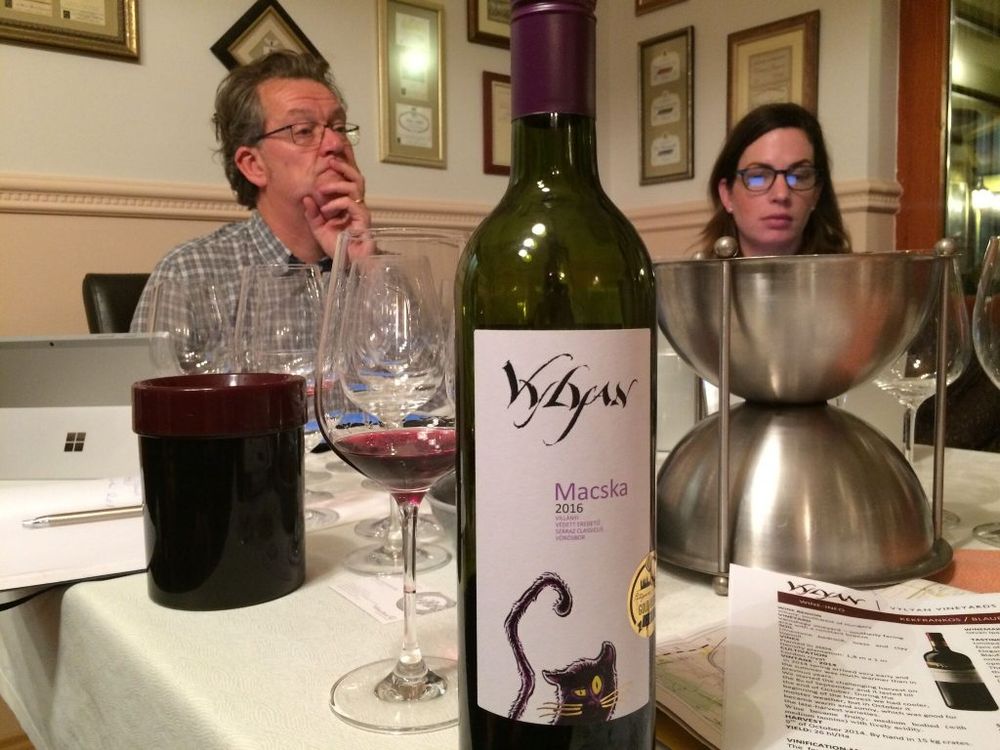
Wines of Hungary has worked closely with Masters of Wine such as Peter McCombie in picking what is right for the UK market
The wines she selects have to appeal personally – that’s a given – but a background in marketing and business made her realise she had to go about her selections carefully. From the start she worked with Masters of Wine like Caroline Gilbey and Elizabeth Gabay and, more recently Peter McCombie, with Oz Clarke playing a strong encouraging role as well.
“From the outset we put a rigorous screening process in place, meaning the wines have to be right for the market. When a winery is recommended the Masters of Wine taste the wines, then we discuss pricing and strategy with them and the winemaker before selection. Based on this joint assessment we then shortlist which wines to showcase,” she says, adding that having vineyards who are easy to do business with is key.
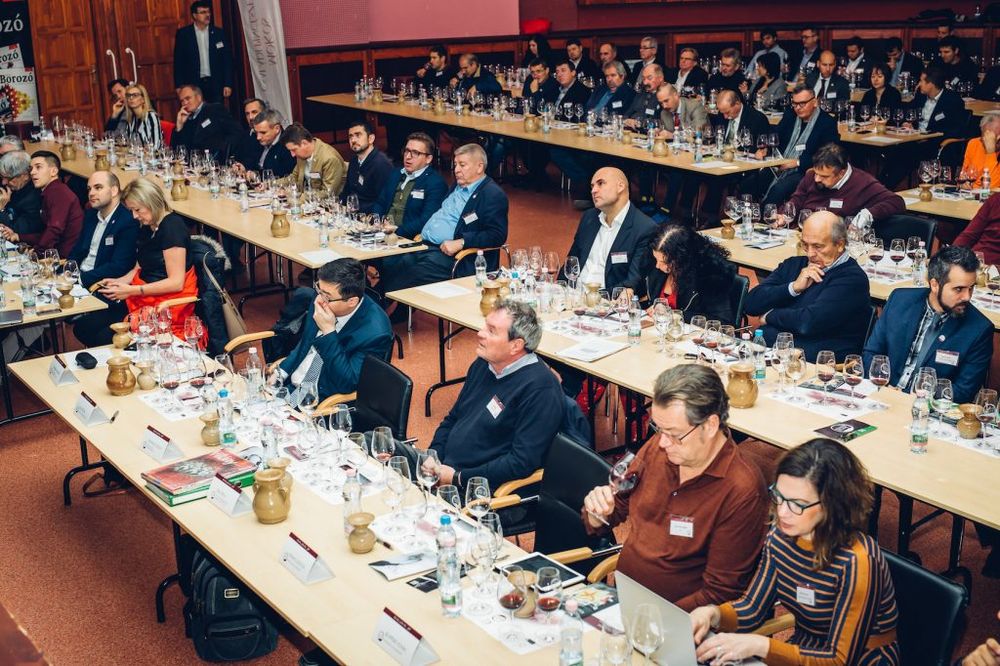
O’Connor and McCombie (bottom right) at the Cabernet Franc Conference, Vilány 2017
O’Connor also had additional help by a growing sense within the emerging wine world that Hungary’s time has arrived. The country has had its profile raised in the UK by Lidl, which earlier this year imported some very decent and inexpensive wines, reminding any consumer who was interested that this country is more than just Bull’s Blood and Tokaji, delicious though the latter in particular might be. The fact Hungary uses the Forint rather than the Euro has also helped focus wallets as well as minds and palates.
A glance across the country shows just how much things have changed since the 1990s when after decades of Communist era neglect and sometimes chaotic land restitution, the industry was in crisis.
Small is beautiful is the catchword today with few producers in this small country’s 22 wine regions –aside from the likes of Budapest-based sparkling wine producer Torley – really producing in any big quantity. The focus instead is on quality, with producers mindful that to have any chance on the global market they must focus on wines that are fresh – which means early picking – with little or no oak and which bring out the best in Hungary’s native grape varieties.

“People took their time to re-cultivate and work out how to best exploit their vineyards potential. The fundamentals were there, such as the amazing, often volcanic terroir. Young generations of winemakers had had time to learn from the big names in France, California, Australia, Italy and all across the globe. They brought home what they learned, and poured it into the wines,” says O’Connor.
Certainly, the wines I have tasted suggest remarkable diversity, with indigenous grapes like Furmint, Harsevelu, Juhfark and Irsai Oliver (all white) and Kadarka and Kekfrankos (red) all capable of making excellent wines, with great points of difference. International varieties, notably Chardonnay and to the south, in Vilány, Cabernet Franc, also perform very well, with the latter increasingly establishing a reputation as the go-to place for full-bodied but balanced reds, often Bordeaux in style.
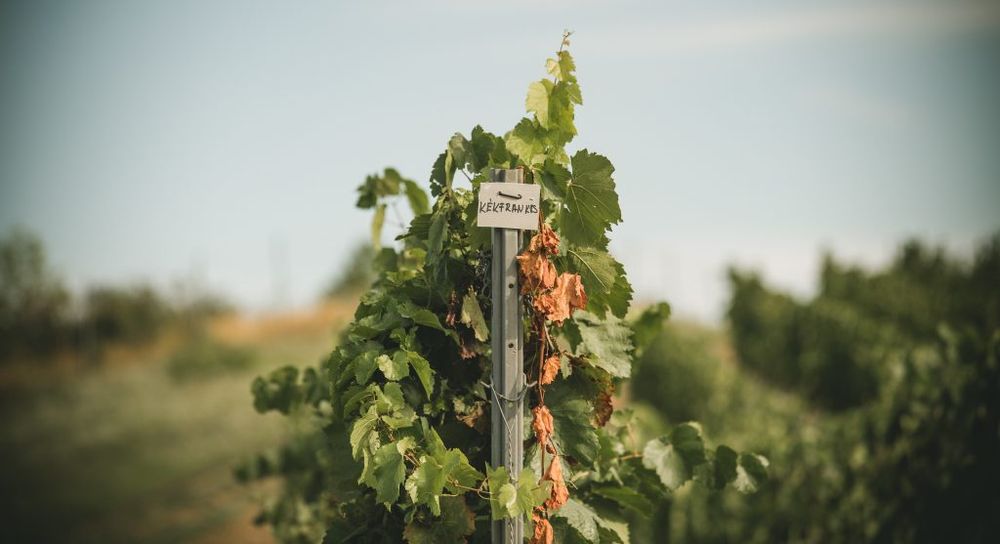
By contrast Eger, in northern Hungary, has been dubbed the Hungarian Burgundy and certainly the wines of Nimrod Kovacs and St.Andrea are beautifully balanced and linear; the latter’s ÖRÖKÉ 2015, a blend of Chardonnay, SB, Olaszrizling and Furmint, is one of the most delicious wines I have tasted this year.
The Balaton region is the go-to place for aromatic whites whilst Szekszárd is where Hungarian wines are at their spiciest and full-bodied; the region makes well-prized Bikavers to match those from Eger, using Kekfranos, Kadarka and Kekoporto but also a wide variety of other varieties including Sagrantino, Tannat and Malbec.

O’Connor is confident that this diversity of regions and grapes will guarantee continuing interest in Hungarian wine.
“Today we work with the likes of Boutinot, the Wine Society, Alliance Wine, Corney and Barrow and many other importers to help their successful product launch and to support the product life cycle of Hungarian wines in their portfolio,” says O’Connor.
She’s not one to rest on her laurels, having recently renamed her company Wine Communications, and started looking at Lebanese producers to work with, and also Romanian, alongside her core Hungarian range. The Lebanese wines include a delicious, rounded Rhone-blend white and also a pink wine from Adyar, a pink Syrah-Cab Sauvignon-Pinot Noir blend from Karam, and a high end Sauvignon Blanc made by Chateau Oumsiyat, all new to the UK market.
O’Connor’s success with Hungary – and Maria Moutsou’s with Greece – suggests there is a real market out there for quality wines that are distinct from those offered by other importers and which, whilst not cheap, offer real value.
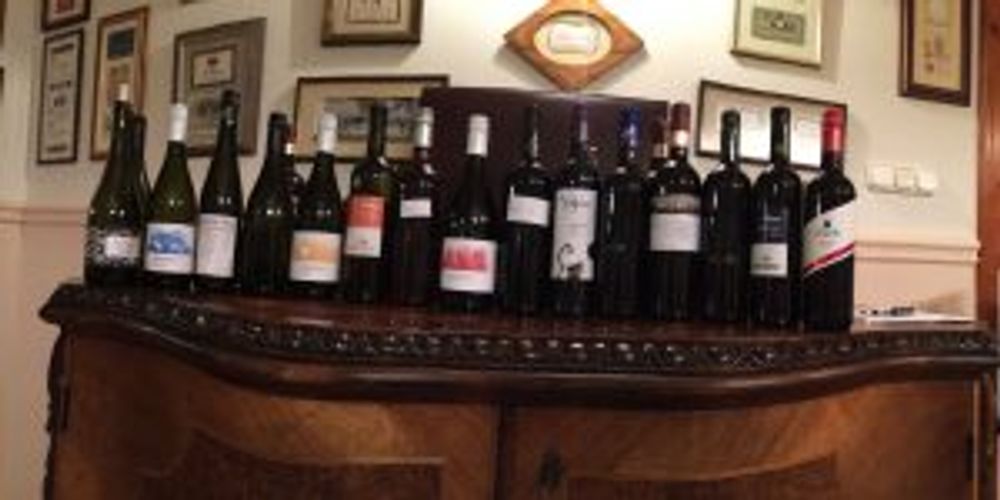
It also shows that a common cultural and language background with the respective wine producers represents unassailable advantages – facilitating working with local producers and navigating often onerous bureaucracy. As the UK’s wine industry becomes more competitive and consumers more demanding, expect more people to follow their business lead.
